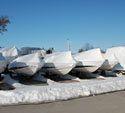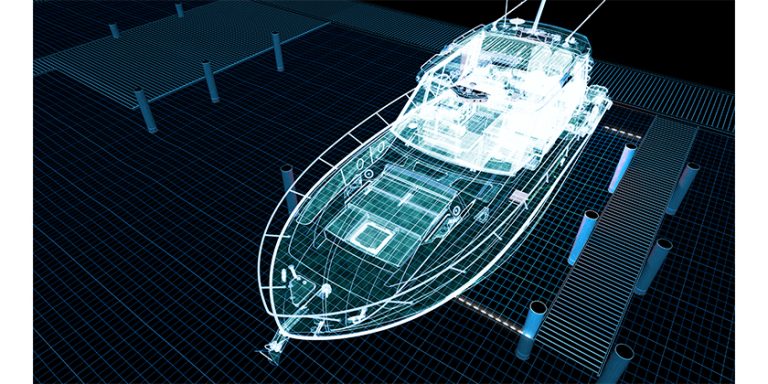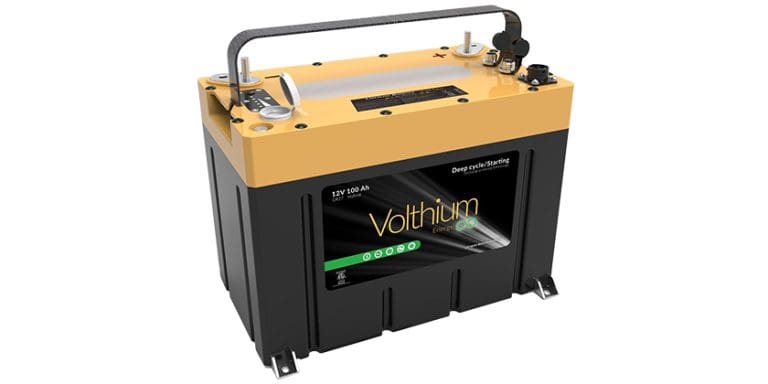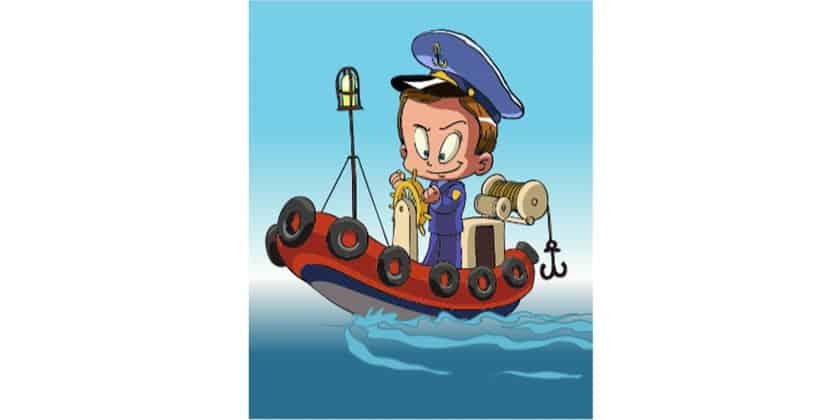Spring Launch Checklist Avoids Trouble Later

 This Spring Launch Checklist is intended to be helpful for owners whose boats have been winterized and stored professionally. This Checklist is to help you launch the summer of 2010 with a boat that is in tip top shape and ready to deliver a season of trouble-free boating enjoyment.
This Spring Launch Checklist is intended to be helpful for owners whose boats have been winterized and stored professionally. This Checklist is to help you launch the summer of 2010 with a boat that is in tip top shape and ready to deliver a season of trouble-free boating enjoyment.
If possible, before the dealer takes your boat out of storage, go and inspect it visually for any sign of fluid leaks, damage by water intrusion or wildlife or missing or damaged pieces.
√ ANODES – Take this dryland opportunity to replace any deteriorated anodes that are more than 50% consumed. Be sure to use magnesium anodes for fresh water applications. Be sure that propeller shaft anodes are secured to the shaft to prevent them from moving.
√ PROPELLER – Inspect for propeller damage. Ensure cotter pins are secure and free. On inboard boats, grip the prop with gloves and try moving the shaft. If it’s loose, the cutlass bearing in your strut may need to be replaced. Also check the cutlass bearing for uneven wear which could indicate an alignment issue.
√ RUDDER – Check to ensure that your rudder hasn’t been bent and that the rudder stock is secure and won’t leak.
√ FIBREGLASS – Inspect your hull for blisters, distortions and stress cracks. Make sure your drain plug is installed and in good condition. Inspect and lubricate all seacocks and through hulls.
While the boat is out of the water, apply any waxes or protectants that you plan to use below the water line.
√ ANTIFOULING – Remove any marine growth from navigation transducers and knotmeter impellers with a light sanding. Do not apply bottom paint to the exposed transducer face. Check all underwater metal surfaces for corrosion. If corrosion is found on an aluminum sterndrive or outboard parts, locate and correct the source of the corrosion, and then clean and paint the surface to protect it against further corrosion.
If the boat needs new antifouling paint, prepare the surfaces and apply it or hire your dealer to do this task.
√ TRIM TABS – If your boat is equipped with trim tabs, check and verify their operation. Make sure the reservoir is full and cycle the tabs up and down checking for movement and fluid leaks.
√ DRIVES – On sterndrive and outboard lower units, check the level of the gear oil. Check the condition of the bellows on sterndrive equipped boats. If the bellows are starting to show signs of cracking, it may be time to replace them.
√ BATTERIES – Charge, install and connect the batteries, and clean and apply the terminals with terminal protectant.
√ BILGE – This is a good time to make sure the bilge pumps and float switches are working, before the boat is launched.
When you ask your dealer to prepare your boat for spring launch, always ask what their procedure covers so that you’re satisfied your boat is ready to go.
√ CLEANING – Before the boat actually splashes, it’s a good idea to wash down all the surfaces on land using a biodegradable cleaner, then apply a cleaner/polisher or wax product to protect your boat from fading and chalking this summer.
While you’re up close and personal with the topsides, check the sealant around all fittings, cleats, stanchion bases, hatches, windows, etc. Remove and re-bed any hardware that looks like it might cause leaks this summer.
Use a proper metal cleaner or polish for your chrome and stainless steel fittings.
Use moisture displacing lubricant like WD-40 on locks, hinges and sliding door tracks to prevent rust.
Use a marine grade lubricant on all the zippers on your canvas.
√ ENGINE – Get into the engine area and look for any signs of leaking fluids. Inspect all belts and follow all hoses to ensure that each hose is strong and secure from end to end and has not been chaffed or worn. Check the power steering and power trim oil levels.
Inspect all wiring to make sure that connections are tight and secure, not corroded and that there is no risk of a live wire falling into the bilge.
Inspect the outer casing of your control cables. Cracks or swelling indicate corrosion; it’s best to replace the cable. Inspect all fuel lines including the fuel vent and vent hoses looking for softness, brittleness or any cracking. Check all fittings for leaks and ensure that all lines are well supported. Inspect your fuel tanks, fuel pump and filters for leaks. Clean or replace your fuel filter.
√ BATTERY – Check the electrolyte level in your battery where possible and check for the state of charge. If it’s an older battery, load test it and replace if necessary. Ensure that all battery cables and connections are secure and in good condition with no corrosion to interrupt the circuit.
√ SYSTEMS AND CONTROLS – With the boat in the water but before you go anywhere, check all of your systems and equipment. Is all your safety equipment on board and in good condition? Test your horn. Test your running lights.
√ FUEL TANK – Speak to your dealer about checking your fuel tank to make sure there is no water or phase-separated sludge resulting from ethanol in a storage tank. Check to see that all the engine gauges are functioning properly and warm up the engine to normal operating temperature, checking for the presence of cooling water (where visible) before driving. Inboards with wet exhaust, outboards and sterndrives may have a cooling water “telltale”. Check for oil pressure and charging system voltage from the alternator.
Make sure the oil levels and all other fluid levels are correct.
√ SAFETY – Ensure that your VHF radio is working if you have one or take a cell phone just in case. That way you can call for help if there is a simple malfunction.
Make sure the power tilt and trim works, the boat steers easily and that the gear shift and throttle cables are also working as they should before you head out.
Then, you should be well prepared for a season of boating enjoyment with minimal chance of problems.




























